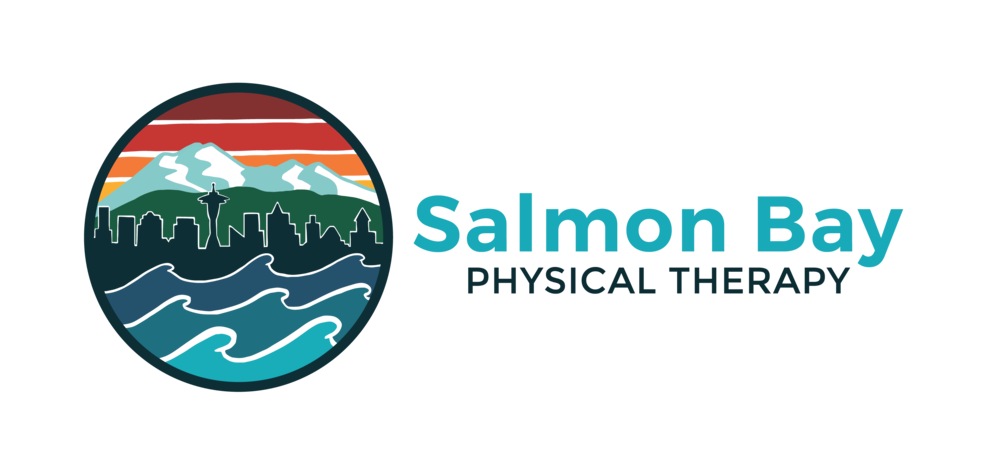Soccer is one of the most popular sports in the world and in the city of Seattle. Like most sports, participation in soccer comes with an increased risk of sport-related injury. Most soccer injuries occur in the legs, especially the ankle, knee, and thigh. These injuries might include sprains, strains, and contusions. Soccer players may be at an increased risk of injury when they have not warmed up properly, are fatigued, and have strength imbalances (1).
The FIFA 11+ program is a soccer warm-up that was designed by international sports medicine experts to decrease injury risk in soccer players aged 14 or older. It was designed to be a comprehensive warm-up that incorporates jogging/running, strengthening, balance, plyometric, and agility exercises to decrease risk of injury during practice and games.
Scientific studies have shown that youth soccer teams who used the FIFA 11+ program had lower rates of injury compared to teams using normal warm-ups (2).
In fact, regular weekly performance of the FIFA 11+ warm-up program over a 2-3 month time span reduced the risk of injury in soccer players by 30% (2).
Performing the FIFA 11+
The FIFA 11+ program should be performed on a soccer field with 6 cones, placed 5-6 meters apart. The program consists of three parts:
Part 1 - Warm-up running and active stretching exercises - approximately 8 minutes
Running straight ahead
Running, hip out
Running, hip in
Running, circling partner/cones
Running, shoulder contact
Running, quick forward and backward
Part 2 - Core and leg strengthening, balance, plyometrics, and agility exercises - approximately 10 minutes
The exercises in Part 2 are broken into three categories: Level 1 (Beginner), Level 2 (Intermediate), and Level 3 (Advanced) based on athletes strength and conditioning, form, and comfort with the exercises.
The Bench/Plank: Level 1, 2, or 3
The Sideways Bench/Plank: Level 1, 2, or 3
Hamstring Exercise: Level 1, 2, or 3
Single Leg Stance: level 1, 2, or 3
Squats: Level 1, 2, or 3
Jumping: Level 1, 2, or 3
Part 3 - Higher speed running, cutting, and pivoting exercises - approximately 2 minutes
Running, across the pitch
Running, bounding
Running, plant and cut
Click here to download a print copy of the FIFA 11+
It is important to maintain proper form when completing the warm-up exercises. Athletes should focus on good posture and body control, proper leg alignment, and soft landings with jumping.
The FIFA 11+ warm-up program is a great warm-up program for organized soccer teams and recreational soccer players alike. Coaches and trainers of organized teams who understand and utilize the FIFA 11+ program exercises can help decrease risk of injury in their soccer athletes.
References:
Ekstrand J, Hägglund M, Waldén M. Injury incidence and injury patterns in professional football: the UEFA injury study. Br J Sports Med. 2011 Jun;45(7):553–8.
Sadigursky, D., Braid, J.A., De Lira, D.N.L. et al. The FIFA 11+ injury prevention program for soccer players: a systematic review. BMC Sports Sci Med Rehabil 9, 18 (2017). https://doi.org/10.1186/s13102-017-0083-z


